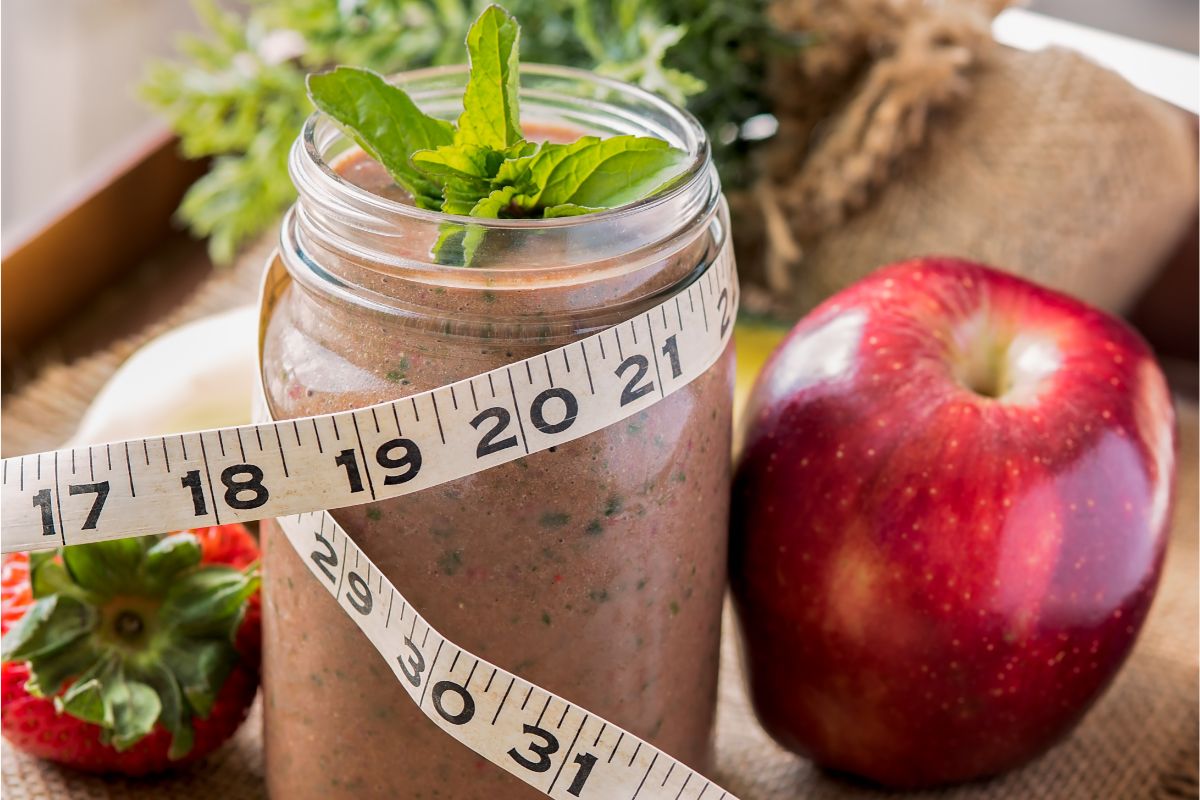Celery is a versatile and much loved vegetable, used throughout many hot and cold dishes all around the world.
But what people might not know is that the celery hearts – the part most people usually cut off and throw away – actually have countless uses too.

But what is the difference between celery and celery hearts, and what can they be used for?
Is There A Difference?
When it comes to celery and celery hearts, there really is no difference between them, other than they refer to two different parts of the plant.
While celery might refer to the whole plant, or indeed the stalks used by most people in salads and meals, the celery heart refers to the root at the bottom, which holds the celery stalks in place and forms something of a heart shape due to the rounded, bulbous dimensions.
Do They Taste Differently?
Many proponents of the celery heart consider the flavor to be more delicate and tender than the stalks, which can often have a slight peppery edge to them, depending on the type of celery, and the quality of the overall vegetable.
The flavor of the latter can sometimes be an off putting factor for some people, and on the flip side, a lot of people consider celery to be bland and boring.
However, with a celery heart, you get a much more subtle flavor palette that works well both cooked and raw.
Do They Look Different?
Celery and celery hearts do indeed look differently, namely in the way that they are different shapes, and also in the color.
Celery stalks are long and slim, with a curved inner side shaped like a trough, whereas the ‘hearts’ themselves are rounded and, as their name suggests, more heart-shaped, thanks to their bulbous nature, and the offshoots of celery coming from them.
There are also differences in color. While the stalks themselves can be more vibrant and green, the hearts tend to be paler and less vibrant.
This is because the hearts themselves possess much less chlorophyll than the stalks, meaning they remain paler – or near white – in color.
Are Celery Hearts Better For You?
Both celery and celery hearts are good for you, due to the nutrients they contain, and the water retained within the plant.
As such, there is probably very little difference between them on a nutritional level, and their attributes simply come down to personal preference.
Generally speaking, most people find the hearts more pleasant to eat, but as a whole, the celery plant is a low calorie snack that is rich in fiber, calcium, potassium, and magnesium.
What’s more, it is also rich in vitamins C and K, and possesses things called phthalides and polyacetylenes, which are thought to reduce blood pressure, and help cleanse the body of harmful carcinogens.
Other Health Benefits Of Celery

There are also other widespread health benefits that celery can provide.
Improving Hydration
One benefit is that it can help with hydration, due to the large concentration of water that the celery plant possesses (95% water).
Heartburn Relief
Celery also has a reputation as an old folk remedy for harmless yet troubling ailments like heartburn, which has since been proven to be effective – namely due to the low acid content of celery, which can be great as part of a low acid diet for those prone to heartburn and acid reflux.
Aiding Digestion
Celery is also good for aiding digestion, namely due to the amount of fiber they contain.
Fiber is a well known source of relief for constipation and other such problems, which makes celery a good choice for those who want to improve their digestive health – especially those adhering to a vegetarian lifestyle where meat is not an option.
Potential Aphrodisiac?
In recent years, celery has created a buzz, with rumors of its aphrodisiac qualities spreading like wildfire.
The truth is that celery contains high levels of androstenone and androstenol, which are known to be male pheromones.
While more data is needed to check the validity of the claims that it increases attraction between the sexes, it doesn’t hurt to give it a try!
Can Both Be Eaten Raw?
Most people will know that celery stalks can be eaten raw, but few might be unsure when it comes to the hearts.
However, like their stalk counterparts, the hearts are more than safe to consume raw, and can make a tasty treat for anyone so inclined.
Which Is Best For Making Juice?
While celery stalks might be more commonly used for juices and smoothies, the hearts are actually better suited, due to their smoother texture and less invasive taste.
Generally speaking, people do not enjoy a stringy texture to their juices and smoothies, which can make celery stalks a no go in such situations.
However, the hearts themselves possess none of the stringy texture associated with the stalks, and boast a lighter, more gentle flavor, which makes them a great addition to any vegetable juice or smoothie.
Can You Eat Celery Leaves?
As you would expect, the leaves of the celery plant are also safe to eat, and can be a crisp addition to any salad, or as an attractive garnish on a hot meal.
They are generally serrated looking in shape, but have a distinct peppery taste akin to rocket or other salad leaves.
Final Thoughts
And there we have it, everything you need to know about celery stalks and hearts, and the difference between the two.
Both parts of celery plants have countless uses within cooking, and can make a great addition to any hot or cold meal.
What’s more, they are a nutritional, delicious source of nutrients and vitamins, which can have widespread health benefits when eaten as part of a balanced diet.
Why not give them a try? You won’t be disappointed!
- Is Cheese Vegan? - July 2, 2023
- Vegan Marshmallow Brands - October 24, 2022
- Are Andes Mints Vegan? Plus Other Andes Mints FAQs Answered - October 24, 2022








